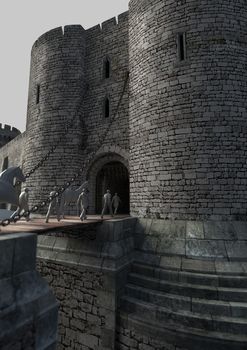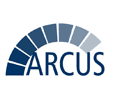Sheffield Castle 1927-2018
John Moreland, Dawn Hadley, 2020. https://doi.org/10.5284/1074899. How to cite using this DOI
Data copyright © Prof John Moreland, Museums Sheffield, Prof Dawn Hadley unless otherwise stated
This work is licensed under a Creative Commons Attribution 4.0 International License.
Primary contact
Prof
Dawn
Hadley
University of York
King's Manor
Exhibition Square
York
YO1 7EP
England
Resource identifiers
- ADS Collection: 3740
- DOI:https://doi.org/10.5284/1074899
- How to cite using this DOI
Introduction

The medieval castle of Sheffield (South Yorkshire, UK) was demolished during the English Civil War in the mid-17th century. Since 1927, Sheffield Castle has been subject to several campaigns of archaeological recording, which have largely gone unpublished and unstudied. As of 2020, the site of the former castle stands empty and remains the focus of long-running debates about the regeneration of the Castlegate district of the city centre. At the heart of the discussion has been the unstudied archaeological record, prompting on the one hand concern over the scale and cost of the archaeological challenge that would confront future developers, and on the other a desire to ‘exploit’ this heritage and put the castle remains on display. The aim of our project has been to undertake a comprehensive analysis not just of the archaeological evidence for the castle and the medieval landscape within which it sat, but also of subsequent uses of the site as, for example, a bowling green, slaughterhouses, and steel works. The most valuable resources come in the form of the archives from archaeological recording undertaken between 1927 and 1930 by A. Leslie Armstrong (an amateur archaeologist who worked for the Inland Revenue in Sheffield) and Joseph Beeston Himsworth (cutler and silversmith), and in the late 1950s and 1960s by Leslie Butcher (a surveyor from the City Architect’s Department) and John Bartlett (Deputy Director of the City Museum).
Our project has produced a biography of the site of Sheffield Castle, built around the intertwined histories of its buildings, the landscape in which they were located, the changing needs, interests and involvement of the local community, and the priorities of successive generations of archaeologists over the course of nearly a 100 years. We have situated our analysis of the archaeological archives and of modern excavations in the context of a long-running regeneration debate, and we have used them to contribute to informing and inspiring future developments.










